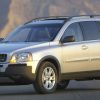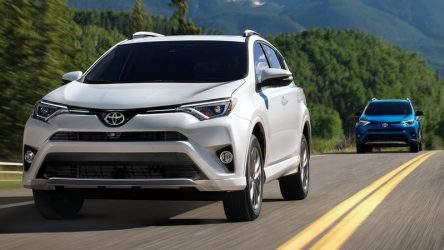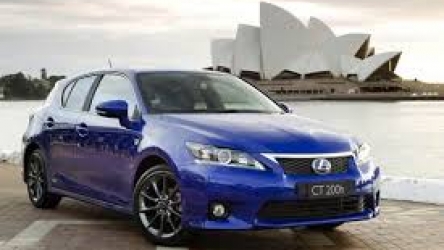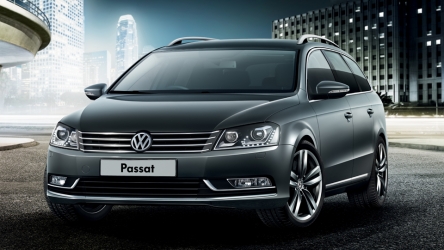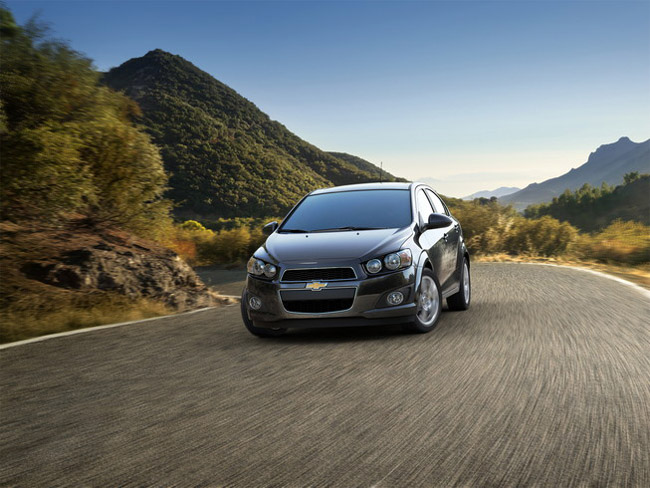
Buying a used car allows you to take advantage of lower prices and avoid the bulk of new car depreciation. Today’s models are built to last; so many slightly used cars carry many of the same electronic features and amenities that you’d find in a brand new model. However, there is also some degree of risk involved in buying used. Unscrupulous sellers may engage in practices like winding the odometer back to a lower mileage, replacing the number plates, or welding damaged car parts together.
Safety is another issue to take into consideration. Older cars may not have the same level of safety features that you’d find in a new model, due to changing regulations. To avoid these pitfalls, you’ll want to keep an eye out for the following safety features when you start shopping around.

Air Bags
The type and number of air bags is one of the first safety issues to look at when you’re comparing used vehicles. You may see a used Toyota at carsales.com.au listed with front air bags, while another model has front and side. The newer the car, the more air bags it will likely have. Side positioning can be important, because these reduce the risk that passengers will hit the door in a collision.
Seatbelts
Some form of seatbelts are a given, but the type of belts available could vary if you’re looking at older used cars. Newer designs are adjustable, allowing you to change shoulder straps for a better fit on passengers of different sizes. A seatbelt pretensioner is another feature to look for. This helps retract the belt to remove any slack in the event of a crash. Newer used cars may also have seatbelts with energy management features, which have some yield to avoid putting too much pressure on the chest during a crash.
Antilock Brakes
When a driver slams on the brakes, it’s possible for the wheels to lock. An antilock brake system is designed to prevent this from happening, giving the driver greater control behind the wheel. This is a key factor in avoiding collisions. Some newer used cars may have brake assist as well as ABS, which uses sensors to boost power when the driver presses down suddenly on the brake pedal.
Electronic Stability Control
Newer vehicles also come equipped with electronic stability control, which is another way for the driver to maintain control during emergency situations. This electronic system uses sensors to determine when a vehicle is in danger of spinning out of control, and can automatically apply brakes to a single wheel to keep the car on a steady course.
Head Injury Protection
In addition to airbags, there are other forms of cushioning to protect passengers in the event of a crash. Head injury protection includes insulating foam under the vehicle’s trim, which can help absorb energy.
By ensuring that these safety features are in place and that the car is in good condition, you can walk away with a good deal that will keep you safe on the road. Before making any final purchase, check the car’s service history and get it checked out by a professional if you have any questions about its condition.


